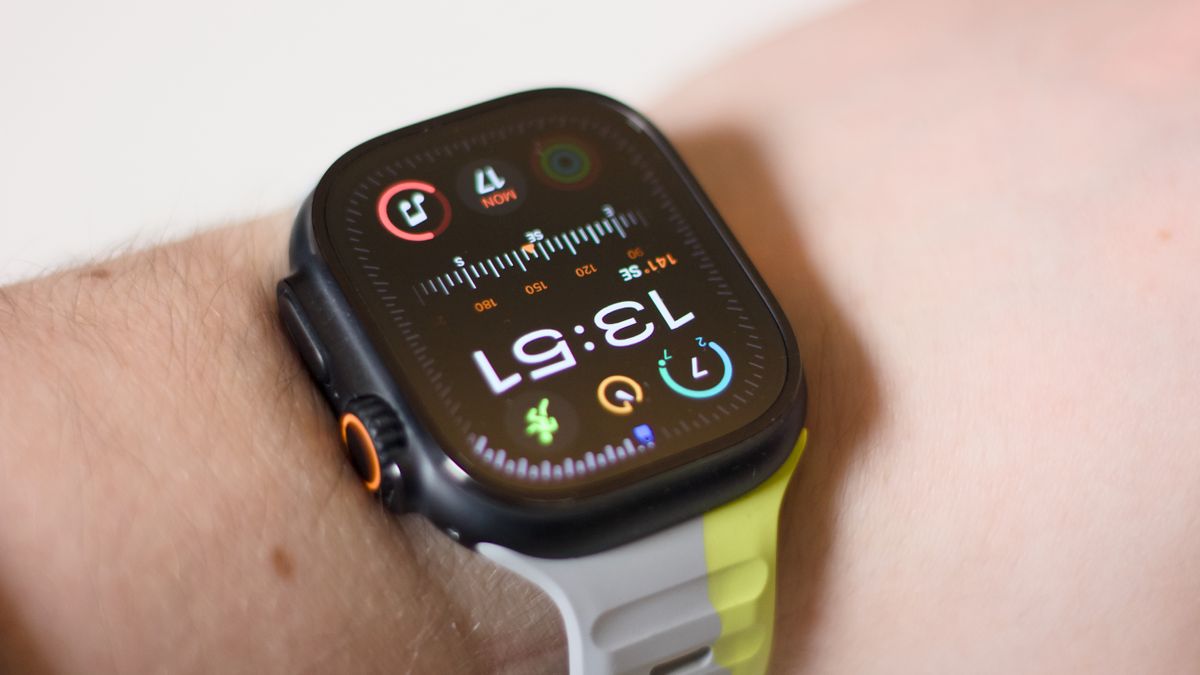
I've been using Apple Watch for 10 years – here are three common mistakes even I've made
- 17.03.2025 16:02
- techradar.com
- Keywords: No companies mentioned
The article highlights three common mistakes Apple Watch users make: neglecting to update fitness goals, mishandling notifications, and ignoring Emergency Contacts setup. It emphasizes the importance of revisiting fitness targets, managing alerts effectively, and ensuring emergency contacts are current for safety.